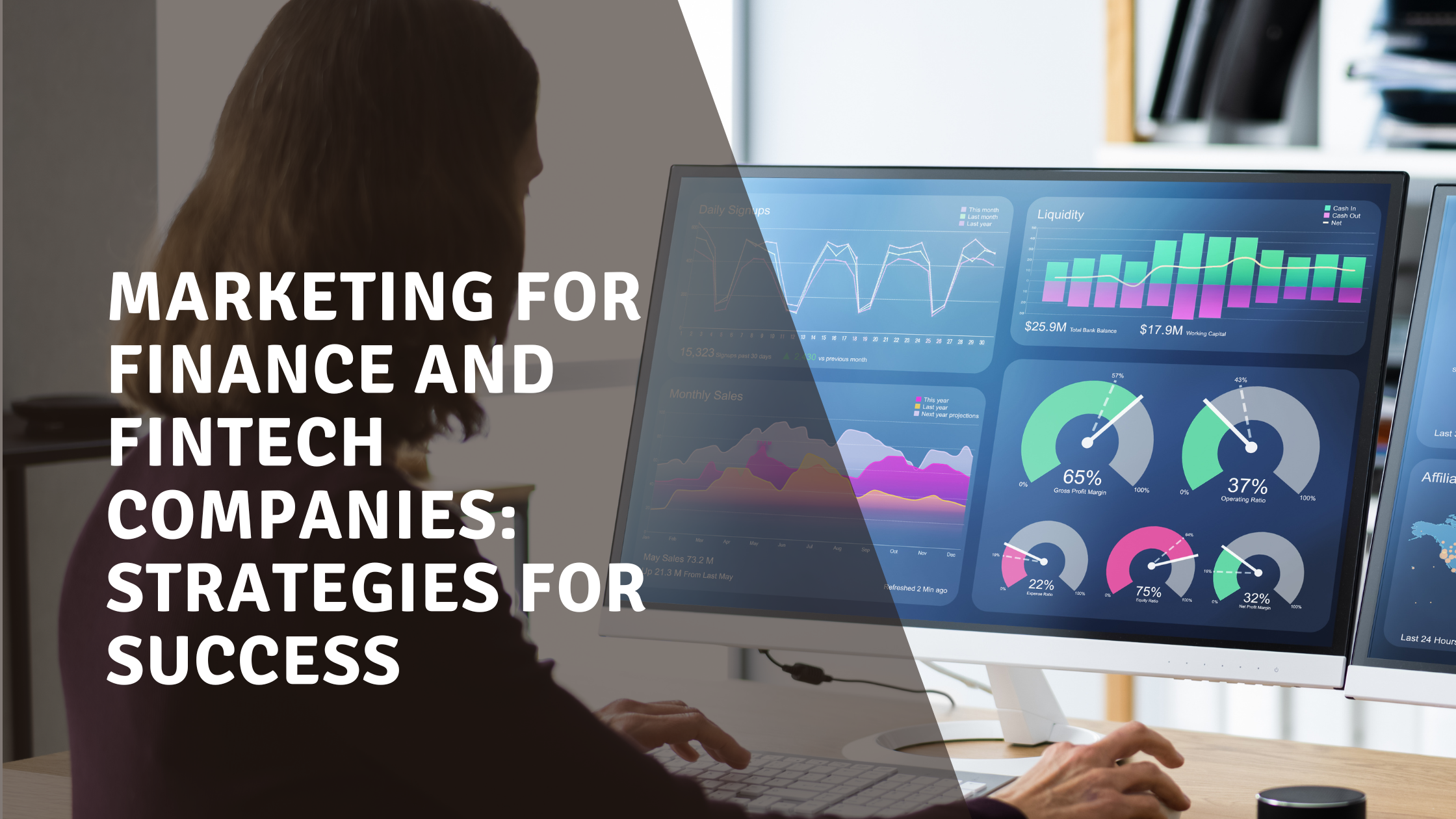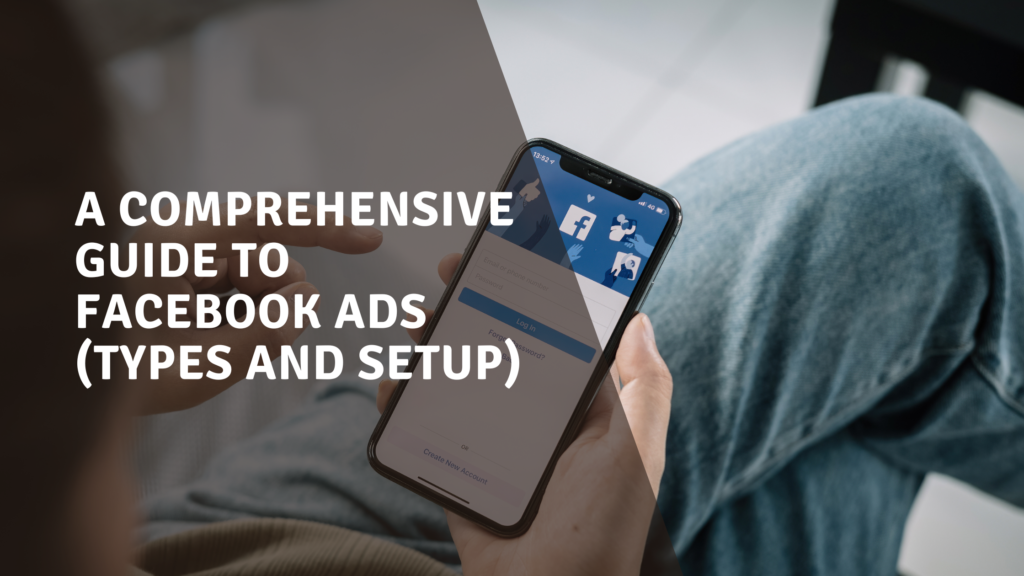
The finance and FinTech industries are transformative sectors that play a significant role in shaping the Canadian and global economy. Fuelled by constant innovation, robust regulatory oversight, and a paramount need for customer trust, these sectors present a unique and challenging landscape for marketing.
This article, drawing on our WhiteOwl team’s in-depth experience and understanding of these areas, aims to equip you with ideas for effective strategies for finance and FinTech marketing.
Understanding the finance and FinTech landscape
The finance industry, encompassing banks, insurance companies, and other financial institutions, is a crucial part of the economy and is currently undergoing significant digital transformation. Parallelly, the FinTech sector is burgeoning, as innovative startups leverage technology to revolutionize traditional financial services, making them more accessible and convenient.
Marketing for these industries presents unique challenges, such as rapid evolution, regulatory compliance and the need to simplify complex financial concepts. Yet, these challenges offer opportunities for marketers who can effectively navigate the regulatory landscape, simplify finance and FinTech messaging, and build consumer trust.
Tailoring your marketing approach
Successful marketing finance and financial technology companies begins with understanding market segmentation. Recognizing the diversity in their clients’ needs, from personal finance management to complex corporate financial services, allows for the design of tailored strategies. Once you identify the unique requirements and pain points of their clients, you can create compelling value propositions.
This understanding is crucial in crafting targeted messaging and positioning strategies. Effective messaging communicates the unique value a company provides and resonates with its target audience. A strong positioning strategy helps a company stand out in a crowded market, thus enhancing brand recognition and market share.
Leveraging digital channels
In today’s era of digital transformation, digital marketing plays an integral role for finance and FinTech companies. As many financial products and services are delivered digitally, having a strong online presence enables customers to interact with these companies in their preferred environment.
Key aspects to consider include:
- Website and landing page design: The digital storefronts for finance and FinTech companies need to be not only aesthetically pleasing but also user-friendly, clear, and capable of instilling trust. An effective design makes it simple for potential customers to find and comprehend the information they need.
- Search Engine Optimization (SEO): A sound SEO strategy increases a brand’s visibility in search engine results, thereby attracting high-intent organic traffic and building trust in the brand. Given that most consumers use search engines to research financial products and services, effective SEO is of paramount importance in these sectors.
Content marketing for finance and FinTech companies
Content marketing is a powerful tool when it comes to finance and FinTech marketing efforts. It’s a means to simplify complex concepts and deliver value to consumers through education. By creating compelling and informative content, these companies can help customers understand their offerings better, instilling confidence in their decisions. High-quality content also positions a finance or FinTech company as a reliable source of information, which can build trust and brand loyalty over time.
Furthermore, developing thought leadership through blogs, articles, and whitepapers can help demonstrate a company’s expertise and insight. This can enhance their reputation and influence in the industry. Social media platforms, with their vast user base and engagement tools, provide an effective channel for distributing this content. A well-crafted social media strategy can extend a finance or FinTech company’s reach, foster engagement, and ultimately drive more traffic and leads to their website.
Building trust and credibility
In the high-stakes world of finance and FinTech, trust and credibility are at the core of any successful business relationship. Companies operating within these sectors aren’t only tasked with managing complex financial services and products, but are also entrusted with sensitive personal and financial data. Because of this, cultivating trust and demonstrating credibility is paramount.
Below, you can explore three ways to help a finance or FinTech company build trust and credibility through their marketing initiatives:
- Use clear communication: To earn customer trust, companies should employ clear and transparent communication. This involves explaining financial products, services, and pricing in an easy-to-understand manner and avoiding jargon and ambiguity that could lead to confusion or mistrust.
- Leveraging customer testimonials and case studies: Positive testimonials can serve as powerful endorsements, showcasing satisfied customers and successful service implementation. Case studies offer more in-depth examples of how a company’s services have helped solve real-world problems, reinforcing its credibility and expertise.
- Nurturing strong relationships with clients through personalized marketing approaches: Personalized marketing shows customers that a company recognizes and values their unique needs. Regular outreach, proactive assistance, and custom-tailored services help foster deeper connections, reinforcing trust and encouraging customer loyalty.
Maximizing lead generation and conversion
For a finance or FinTech company looking to grow its customer base, a marketing strategy with a large focus on effective lead generation is essential. Implementing sound lead-generation strategies can involve a mix of inbound and outbound marketing tactics, for example, content marketing, SEO, social media marketing, and email marketing. These strategies must be tailored to the specific interests and needs of the target audience to attract high-quality leads that are most likely to convert into customers.
Using marketing automation and Customer Relationship Management (CRM) tools can significantly improve the efficiency and effectiveness of these lead-generation efforts. These tools can automate repetitive tasks, streamline marketing workflows, and provide valuable data for targeting and segmentation. They can also optimize conversion funnels by identifying areas of friction in the customer journey and providing insights to improve the user experience.
Compliance and ethical considerations
In Canada, companies in the finance or FinTech industry are required to navigate a complex regulatory landscape governed by bodies such as the Financial Transactions and Reports Analysis Centre of Canada (FINTRAC) and the Office of the Superintendent of Financial Institutions (OSFI). Compliance with these regulations is critical in all business operations, including marketing.
Transparency in marketing communications is critical, with companies expected to disclose all fees, terms, and conditions clearly. Compliance with industry standards, like those proposed by the Canadian Marketing Association (CMA), enhances credibility. Additionally, the emphasis on ethical marketing practices, involving honesty, privacy respect, and avoidance of misleading tactics, can promote a finance or FinTech company’s reputation and foster customer trust.
Tracking and measuring success
Measuring the effectiveness of marketing strategies is fundamental to the continuous improvement and success of finance and FinTech companies. It allows you to assess what’s working, what isn’t, and what can be improved. It involves setting measurable goals, using analytics and tracking tools, and continuously analysing and optimizing campaigns, as discussed below:
- Setting measurable goals and key performance indicators (KPIs): Start by defining what success looks like for your finance or FinTech marketing campaigns. Set measurable goals related to their customer acquisition, brand awareness, or customer engagement, for example. Then, establish KPIs that align with these goals, such as website traffic, click-through rates, or conversion rates.
- Implementing analytics and tracking tools: Use tools like Google Analytics or CRM analytics to track the performance of your marketing efforts. These tools can provide valuable insights into customer behaviour, campaign performance, and more, allowing you to make data-driven decisions.
- Analysing and optimizing marketing campaigns based on data-driven insights: Regularly review the data collected from your analytics tools. Look for trends, identify what’s driving success, and what areas need improvement. Then, use these insights to optimize your campaigns, making adjustments to improve performance and maximize your clients’ ROI.
Conclusion
The strategies outlined in this article serve as a comprehensive guide for finance and FinTech marketers looking to maximize their reach and impact within the space. From market segmentation to building trust and credibility, leveraging digital channels and optimizing conversion funnels, each strategy represents a vital piece of the broader picture.
The finance and FinTech industries are fast-paced, continuously evolving, and teeming with opportunities. If you can strategically navigate and leverage these dynamics, you’re in a prime position to make a significant impact.
WhiteOwl is equipped with the expertise and experience to guide you in this endeavour. If you’re ready to take your finance or FinTech clients’ digital marketing to the next level, don’t hesitate to contact us. Together, we can seize the opportunities presented by this dynamic industry and achieve extraordinary results.















